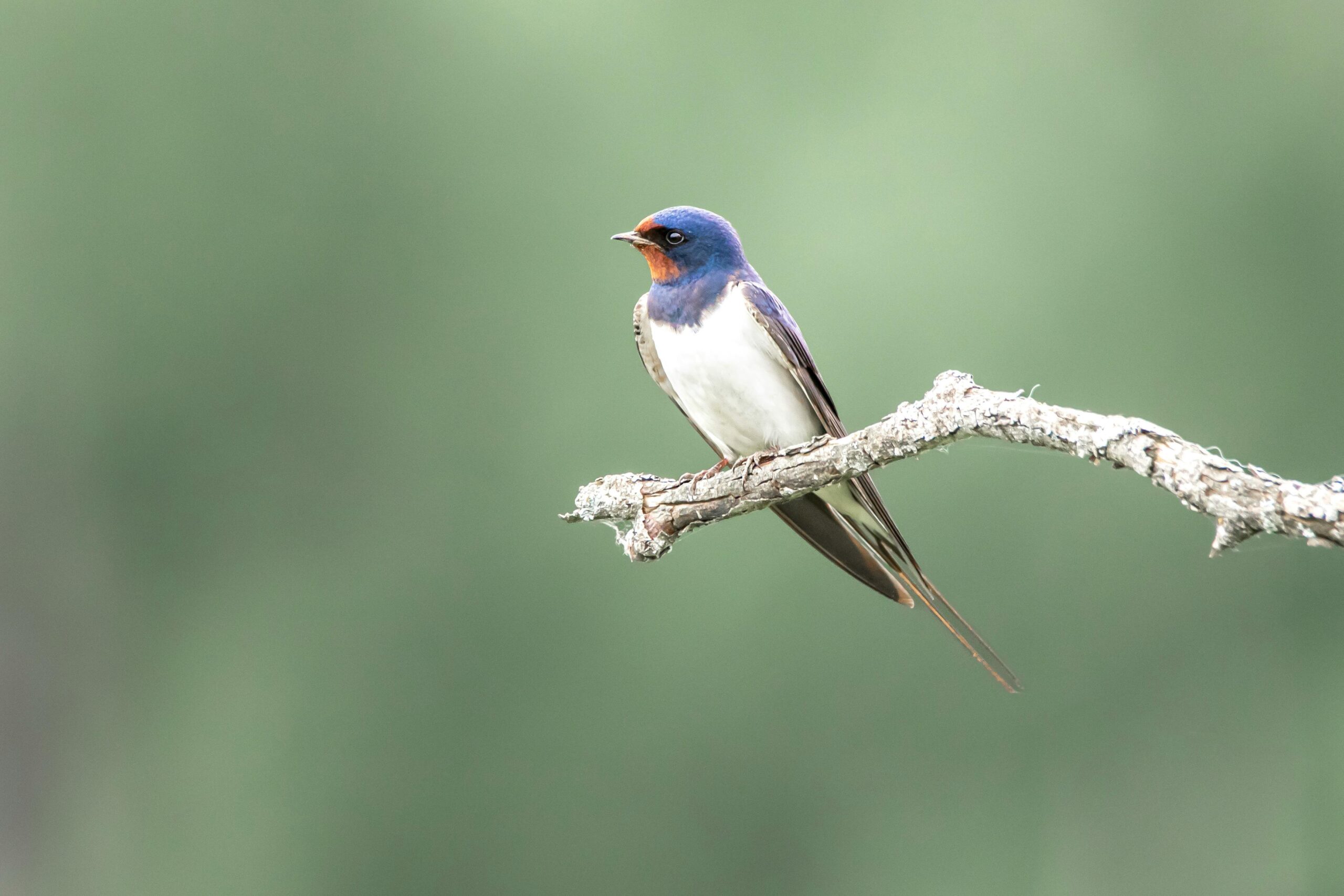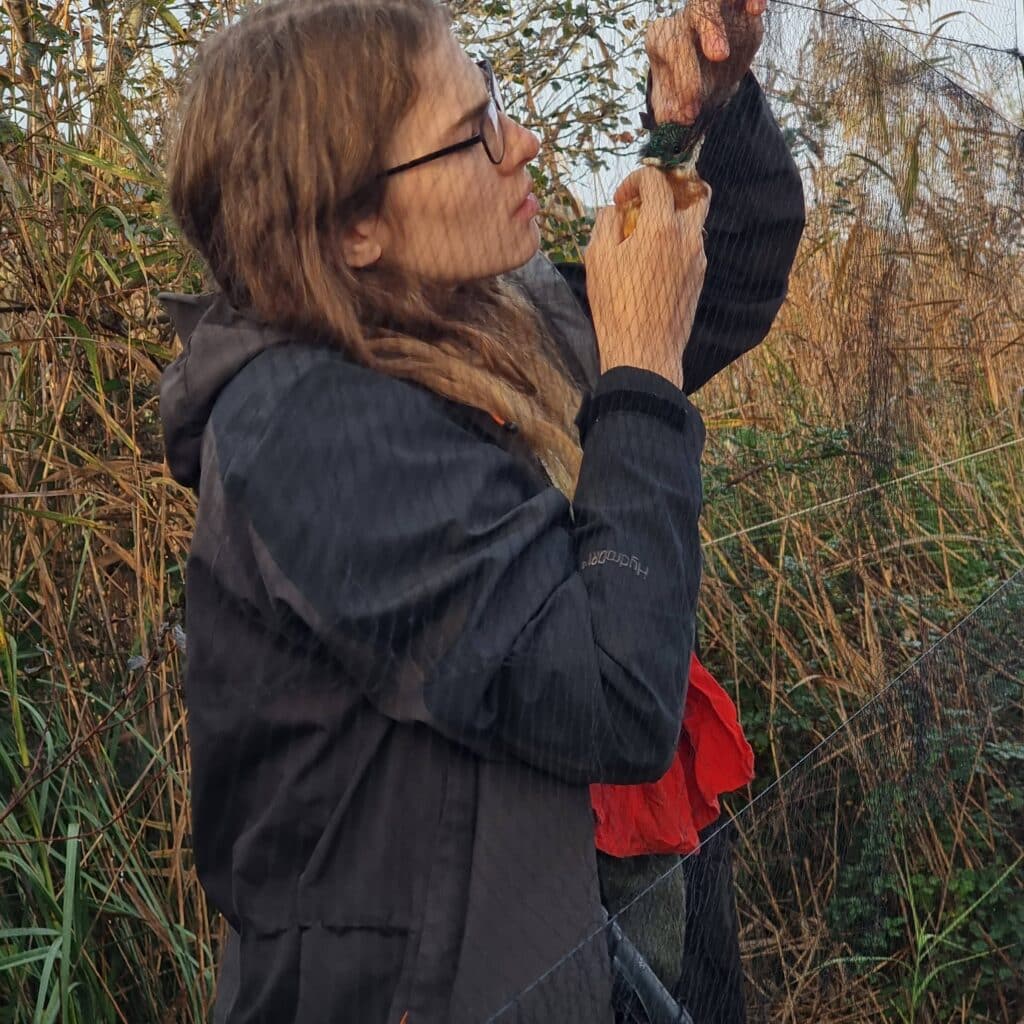My name is Emily and, since March 2024, I have migrated!
I came from the United Kingdom to do a one-year volunteer placement with the European Solidarity Corps, followed by a six-month placement with A Rocha France at Mas Mireille as part of the French Civic Service program. However, my personal migration is nothing compared to that of the birds I have had the opportunity to study!
My personal motivations were to discover the biodiversity of this Mediterranean region. I also wanted to learn more about the birds that migrate through this region, particularly the European roller. This bird breeds every summer in the south of France. For this species, the Baux valley is an ideal place to feed and raise its chicks.
The European Roller is not the only bird to visit during the summer.
Nightjars, bee-eaters, and small passerines such as swallows, chiffchaffs, and even reed warblers remain in Europe during the summer. Then they move—or migrate—often thousands of miles to spend the winter.

Birds can migrate to other parts of Europe, but many choose to spend the winter on the African continent. For small birds such as the willow warbler, this journey represents an immense journey of several thousand kilometers. However, for many species, this is the best option, rather than prolonged survival during a harsh European winter with little food available.
A meticulous work
In order to better understand the massive movements of these birds, the Vallée des Baux team conducts weekly banding sessions in the Marais de l’Ilon from September to December.
Before sunrise, we set up dozens of meters of large vertical nets to capture and identify passing passerines. We also monitor barn swallow roosts by banding at sunset. Hundreds of swallows come to roost in the reeds of the marsh every night to sleep.
Each bird is fitted with a tiny metal ring on its leg bearing a unique combination of letters and numbers, which is comparatively lighter than a wristwatch. This allows each individual to be identified if recaptured. In addition, this study provides us with important information on the movements of birds if they are recaptured in a different location from where they were banded.

Birds ringed as part of programs in the Czech Republic, Spain, and Germany have all been found in A Rocha’s nets! With a little luck, we may also capture a bird ringed the previous year. This tells us that it has survived its epic journey to and from the African continent.
Data such as weight, age, sex, and fat percentage are collected for each individual, providing important information about the demographics and health of the population. This data, collected by the U.S. Fish and Wildlife Service, is used to monitor the health of the population and to identify areas where conservation efforts are needed.
Data such as weight, age, sex, and fat percentage are collected for each individual, providing important information about the demographics and health of the population. This data, collected by the Mas Mireille team, feeds into national scientific monitoring programs.
Not all birds leave during winter!
On the contrary, many species, such as shovelers, Bewick’s swans, and cranes, come to the south of France for the winter.
The Mas Mireille team tracks some of these visitors through monthly waterbird counts carried out at several locations in the Vallée des Baux. We go to these locations to identify and count all the species of waterbirds observed. This also contributes to national and international monitoring of these birds’ movements across Europe. We can thus provide crucial information on the health and migration of populations, informing conservation efforts and teaching us how best to care for these birds during their long journeys.
